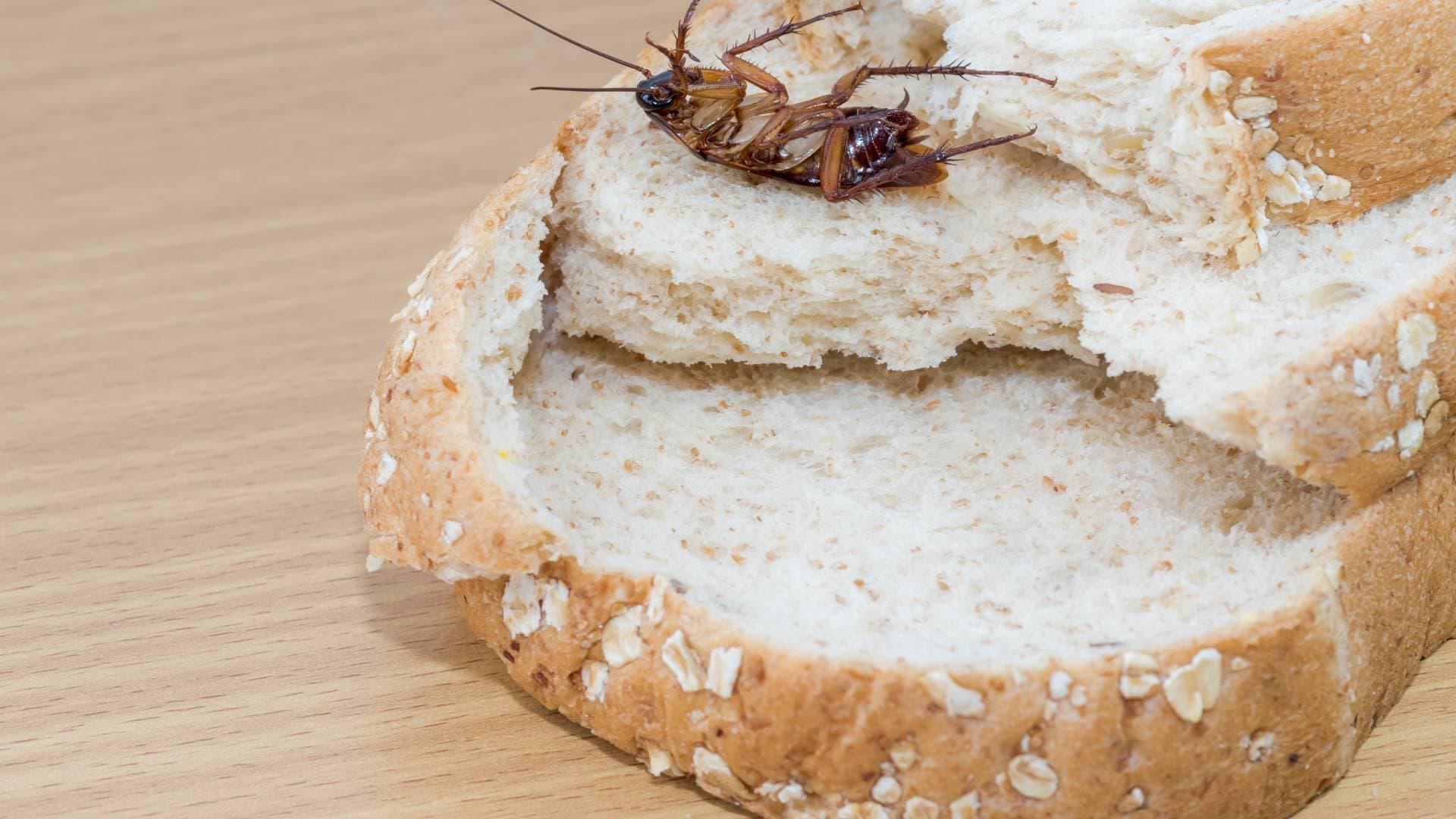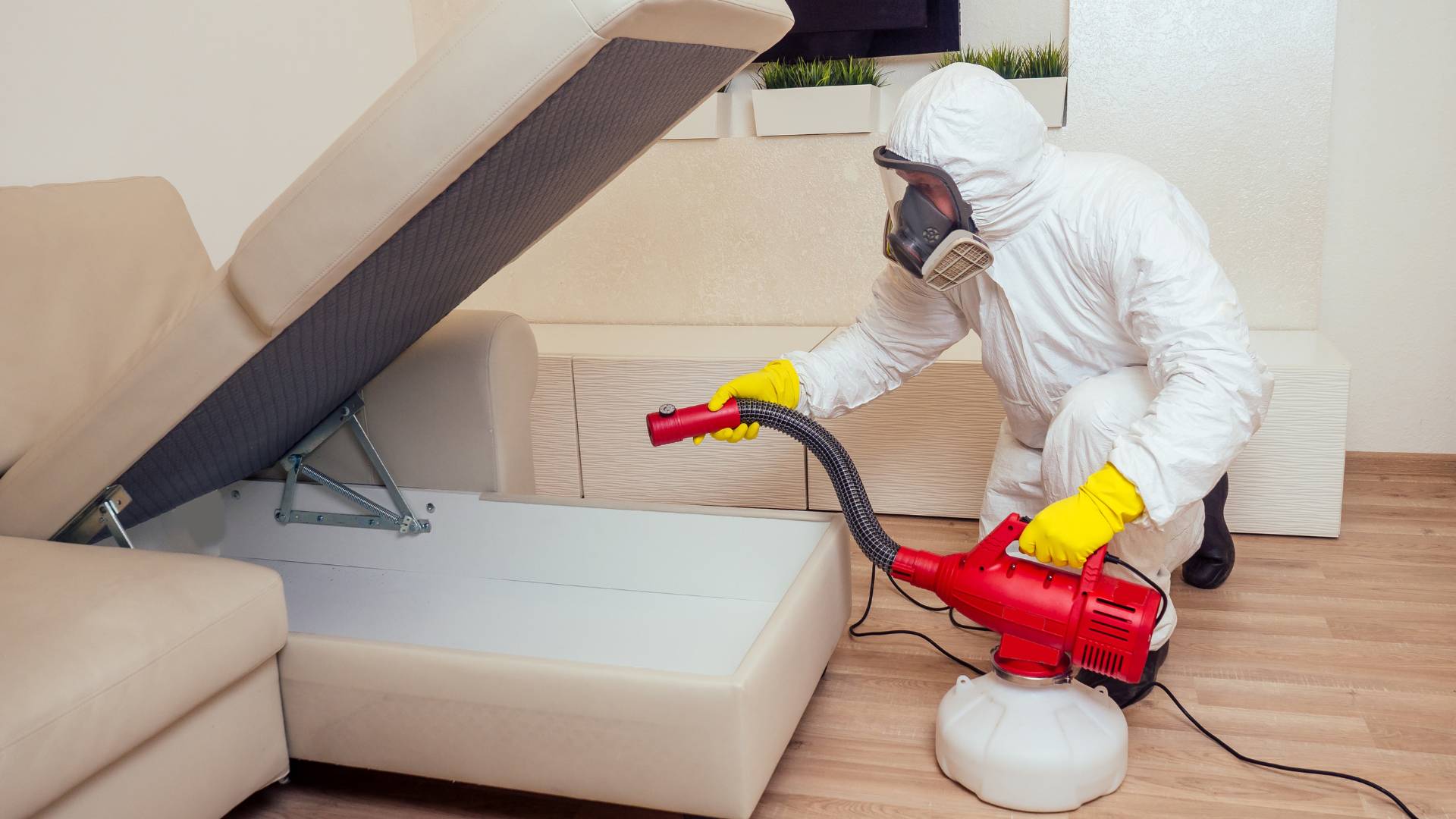When you ask this question, you are not only interested in scheduling convenience; you are also interested in gaining an idea of the scope of the pest problem, the efficacy of the treatment plan, and, ultimately, the amount of money and time that will be required to ensure that the environment is free of pests. In this article, we will discuss the many elements that determine the number of required pest control sessions. These factors include the type of pest infesting your house, the degree of the infestation, and the available treatment options. Knowing what to anticipate in terms of the length of treatment will assist you in making well-informed decisions and getting ready for the path ahead, regardless of whether you are dealing with an unexpected ant invasion, a persistent rodent problem, or the threat of termites. We invite you to join us as we delve into the complexities of pest control treatment regimens, sharing insights that will assist you in navigating this crucial component of home and property upkeep.
What Factors Influence the Number of Pest Control Sessions Required?
Regarding commercial pest control, several vital factors significantly impact the number of sessions required to manage and eradicate pests effectively. Understanding these factors can help businesses prepare for the pest control process, ensuring efficient and effective pest management strategies. Here's a closer look at the primary factors influencing pest control sessions:
Size Of The Facility
The size of your facility plays a crucial role in determining pest control costs and the number of sessions needed. Larger facilities require more extensive coverage, meaning more pest control products and time are needed to complete the job. Consequently, larger spaces often necessitate more frequent treatments, such as monthly or quarterly sessions, compared to smaller facilities that might only need a one-time service.
Type Of Pest Infestation
The specific type of pest infestation significantly influences the approach and number of pest control sessions. Different pests, such as roaches and fleas, require tailored treatment strategies. Identifying the pests you're dealing with is essential for selecting the most effective pest control company that addresses that infestation.
Location Of The Facility
The location of your facility also affects pest control costs and session frequency. Facilities in areas with high pest concentrations may face higher pest control service charges. Additionally, remote locations might incur extra costs due to increased transportation expenses for the pest control provider.
Frequency Of Treatment
The treatment frequency directly affects the overall cost and effectiveness of pest control. More frequent treatments ensure ongoing pest management and prevention and result in higher costs. Regular pest control sessions are crucial for preventing further infestations that negatively impact your business.
Average Cost Of Commercial Pest Control Services
Understanding the average cost of commercial pest control services is vital for budgeting and planning. Initial inspections typically range from $100 to $500, varying based on the premises' size and complexity, pest types, and required expertise level. One-time treatments can cost between $250 and $1,000, with more specialised treatments for pests like bed bugs or termites potentially costing more. Ongoing services, offering the most effective pest-free strategy, may range from $50 to $450 per month or $600 to $4,000 annually, depending on various factors such as visit frequency, pest types, and property size.
Typical Session Requirements For Common Pests
Typical Session Requirements for Common Pests
Effective pest control is crucial for maintaining a healthy and safe environment. The number of sessions required to manage common pests varies depending on several factors, including the pest type, the infestation's severity, and the chosen treatment method. Here's an overview of typical session requirements for some of the most common household pests:
Termites
Treatment Sessions: Termite control often involves a detailed inspection followed by one or two intensive treatment sessions. Ongoing monitoring and annual inspections are usually recommended to prevent re-infestation.
Rodents
Treatment Sessions: Rodent control typically requires an initial assessment and setting of traps or bait stations, followed by 2-3 follow-up visits to check traps, remove rodents, and assess activity. Additional sessions may be needed for severe infestations.
Cockroaches
Treatment Sessions: Cockroach extermination usually requires multiple visits, often 2-4 sessions, depending on the infestation's extent. These sessions help break the breeding cycle and ensure complete eradication.
Ants
Treatment Sessions: Ant control might involve 1-3 sessions to manage the colony effectively. Follow-up treatments may be necessary for persistent or large-scale infestations.
Bed Bugs
Treatment Sessions: Bed bug treatments are among the most challenging, often requiring 2-4 sessions spaced a few weeks apart. This schedule is crucial to address all life stages of the bed bugs.
Mosquitoes
Treatment Sessions: Mosquito control typically involves ongoing treatments throughout the mosquito season, with sessions often scheduled monthly to maintain effectiveness.
Spiders
Treatment Sessions: Spider control may require fewer sessions, often just a single comprehensive treatment, although areas with significant spider populations or dangerous species may need more frequent treatments.
Fleas
Treatment Sessions: Flea extermination generally requires 2-3 sessions, spaced about 2-4 weeks apart, to break the flea life cycle effectively and ensure all stages are targeted.
Choosing The Right Pest Control Service
Research And Reputation
Begin by conducting thorough research. Look for pest control services with positive reviews and strong reputations within your community. Recommendations from friends, family, or neighbours can provide valuable insights into a company's reliability and customer satisfaction.
Licensing And Certification
Ensure the pest control service you choose is properly licensed to operate in your area. Additionally, check for certifications from reputable industry organisations, as these can indicate a commitment to professional standards and ongoing education in pest management practices.
Experience And Expertise
Consider the company's experience, especially with the type of pests you're dealing with. Companies with a long history or specialised expertise in treating your pest problem will likely offer more effective and knowledgeable solutions.
Eco-Friendly And Safe Practices
Inquire about the company's approach to using environmentally friendly and safe pest control methods. Look for services that prioritise Integrated Pest Management (IPM) practices, focusing on long-term prevention and minimising the use of chemicals.
Comprehensive Inspection And Assessment
A reputable pest control service should offer a thorough inspection of your property to identify the extent of the infestation and the types of pests present. This assessment should inform a customised treatment plan tailored to your specific needs.
Clear Treatment Plan And Communication
Discuss the proposed treatment plan in detail, including the methods and products. A reliable service will be transparent about the expected outcomes, the timeline for treatment, and any necessary preparations on your part.
Guarantees And Follow-Up Services
Check if the company offers any service guarantees and understand the terms. Quality services often include follow-up treatments and ongoing monitoring as part of their pest management program to ensure long-term effectiveness.
Cost Considerations
While cost is an essential factor, it should not be the sole criterion for your decision. Evaluate the overall value offered by the service, considering the comprehensiveness of the treatment plan, the quality of customer service, and any guarantees provided.
Insurance And Liability
Confirm that the pest control service has adequate insurance coverage to protect against any damages or accidents that may occur during the treatment process. This adds an extra layer of security and peace of mind for homeowners.
Conclusion
The number of pest control sessions required depends on various factors, including the type and degree of the infestation and available treatment options. Understanding these factors can help businesses prepare for the pest control process, ensuring efficient and effective strategies.
The size of the facility, type of pest infestation, location, and frequency of treatment are the primary factors influencing the number of sessions required. Larger facilities require more extensive coverage, meaning more pest control products and time are needed to complete the job. The facility's location also affects pest control costs and session frequency.
The average cost of commercial pest control services is vital for budgeting and planning. Initial inspections typically range from $100 to $500, varying based on the premises' size and complexity, pest types, and required expertise level. One-time treatments can cost between $250 and $1,000, with more specialised treatments for pests like bed bugs or termites potentially costing more.
Typical session requirements for common pests include termites, rodents, cockroaches, ants, bed bugs, mosquitoes, spiders, and fleas. These sessions help break the breeding cycle and ensure complete eradication while addressing the pest's life stages.
ImportanceFollow-up and maintenance are crucial for maintaining a healthy and safe environment. By understanding the factors influencing the number of pest control sessions, businesses can make well-informed decisions and prepare for the future.
Pest control is a crucial aspect of maintaining a home or business, as it helps prevent future infestations, prevent health risks, and protect against pests. Regular maintenance checks and inspections help identify and mitigate potential pest risks, ensuring the long-term protection of your property. Investing in a pest maintenance program can save money over time, preventing the need for more drastic interventions later. Regular pest control also provides peace of mind, as pests can pose significant health risks. Customised solutions can be tailored to meet specific property needs. To choose the exemplary pest control service, conduct thorough research, ensure the service is licensed and certified, and consider their experience, expertise, and eco-friendly practices. A comprehensive inspection and assessment should inform a customised treatment plan, and a precise treatment plan and communication should be discussed. Guarantees and follow-up services should be included to ensure long-term effectiveness. Cost considerations should not be the sole criterion for choosing a service, and insurance coverage should be considered to protect against damages or accidents during the treatment process.
Content Summary
- What are the number of sessions required for pest control? It's more than just scheduling - it's about understanding the scope, efficacy, and cost.
- Various factors determine the number of pest control sessions needed for effective treatment.
- These factors include the type of pests, the severity of infestation, and available treatment options.
- Knowing what to expect helps make informed decisions and prepare for the pest control process.
- Commercial pest control relies on several key factors to manage and eradicate pests effectively.
- Facility size is crucial in determining the number of sessions needed for pest control.
- Different pests require tailored treatment strategies, affecting the number of sessions required.
- The location of a facility impacts pest control costs and session frequency.
- Treatment frequency directly affects the overall cost and effectiveness of pest control.
- Understanding the average cost of commercial pest control services is vital for budgeting.
- Typical session requirements vary depending on the type of pest infestation.
- Termite control often involves intensive treatment sessions and ongoing monitoring.
- Rodent control may require multiple follow-up visits for trapping and removal.
- Cockroach extermination usually demands multiple visits to break the breeding cycle.
- Ant control might involve several sessions to manage the colony effectively.
- Bed bug treatments are challenging, requiring multiple sessions spaced apart.
- Mosquito control often involves ongoing treatments throughout the season.
- Spider control may need fewer sessions, depending on the infestation severity.
- Flea extermination typically requires multiple sessions to target all life stages.
- Follow-up sessions are crucial for assessing treatment effectiveness and thorough eradication.
- Regular maintenance checks prevent future infestations and protect the property long-term.
- A pest maintenance program offers continuous protection against a broad spectrum of pests.
- Investing in a pest maintenance program can save money over time.
- Regular maintenance helps avoid the need for more expensive interventions later.
- Pests can pose significant health risks, emphasising the importance of pest control.
- Regular treatments safeguard the health and safety of occupants by minimising risks.
- Knowing your property is regularly treated provides homeowners peace of mind.
- Pest control maintenance programs can be tailored to meet specific property needs.
- Researching reputable pest control services is essential before choosing one.
- Ensure the chosen service is appropriately licensed and certified for pest control operations.
- Consider the company's experience and expertise, especially with specific pests.
- Look for services prioritising environmentally friendly and safe pest control methods.
- A thorough inspection informs a customised treatment plan for effective pest management.
- Clear communication about the treatment plan and expected outcomes is crucial.
- Quality services often include guarantees and follow-up treatments for customer satisfaction.
- While cost is essential, consider overall value, including treatment quality and guarantees.
- Confirm that the pest control service has adequate insurance coverage for protection.
- Facility size, pest type, and treatment frequency influence the number of pest control sessions.
- Location affects pest control costs, with high pest concentrations potentially incurring higher charges.
- Tailored treatment plans and ongoing monitoring are essential for effective pest management.
- Bed bug treatments often require multiple sessions to ensure complete eradication.
- Regular maintenance checks help identify and mitigate potential pest risks.
- Pest maintenance programs offer continuous protection and peace of mind.
- Researching reputable pest control services ensures effective treatment and customer satisfaction.
- Choose services prioritising environmentally friendly and safe pest control methods.
- Clear communication about the treatment plan and expected outcomes is vital.
- Quality services often include guarantees and follow-up treatments for thorough pest eradication.
- Evaluate overall value when considering cost, including treatment quality and guarantees.
- Confirm the pest control service has adequate insurance coverage for added security.
- Understanding pest control factors aids in making informed decisions and preparing for treatment.
Frequently Asked Questions
The number of sessions required for pest control varies depending on factors like the type of pests, severity of infestation, and chosen treatment method.
Factors include the type of pests, size of infestation, facility size, location, and treatment frequency.
Yes, different pests may require varying numbers of sessions. For instance, bed bugs often necessitate multiple treatments, while spiders may require fewer sessions.
Larger facilities typically require more sessions due to the extensive coverage needed to address the infestation adequately.
Severe infestations may require more sessions for thorough eradication compared to minor infestations.



